Essential Techniques for Preparing Gravlaks at Home
13 min read Learn essential techniques to craft authentic gravlaks at home, blending Norwegian tradition with simple, flavorful methods. August 15, 2025 09:05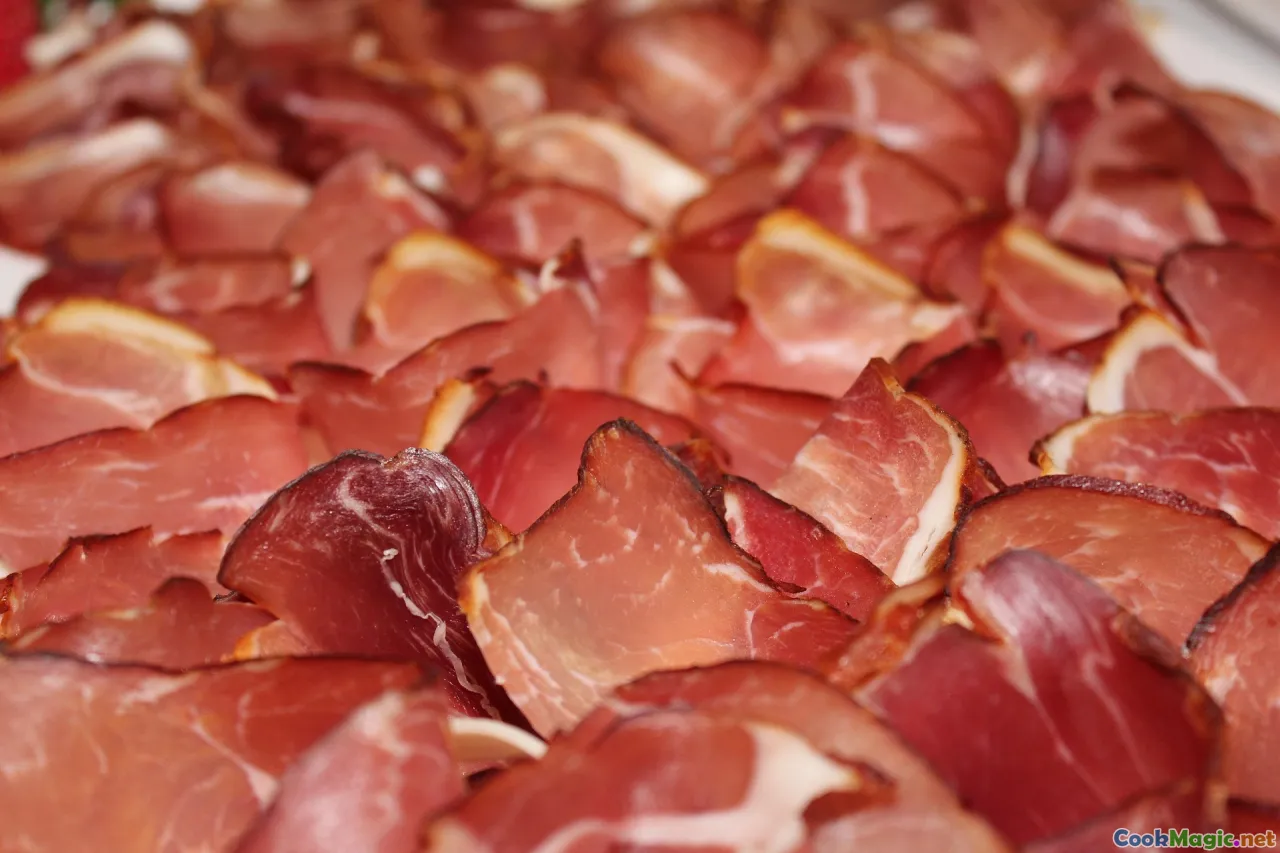
Essential Techniques for Preparing Gravlaks at Home
Few culinary delights evoke the spirit of Norway quite like gravlaks—a luxurious, silvery-salmon cuisine infused with centuries of tradition and Nordic finesse. From the breathtaking fjords where wild salmon swim freely, to cozy Scandinavian kitchens, mastering the art of making gravlaks invites an intimate journey into Norwegian culinary heritage. Whether you’re a seasoned home cook eager to deepen your understanding or a curious beginner enchanted by the prospect of crafting this savory delicacy, this guide will arm you with essential techniques to create your own flawless gravlaks at home.
Let’s embark on this gastronomic voyage into the heart of Scandinavian flavor, where simplicity meets sophistication in every tender slice.
The Origin and Cultural Significance of Gravlaks
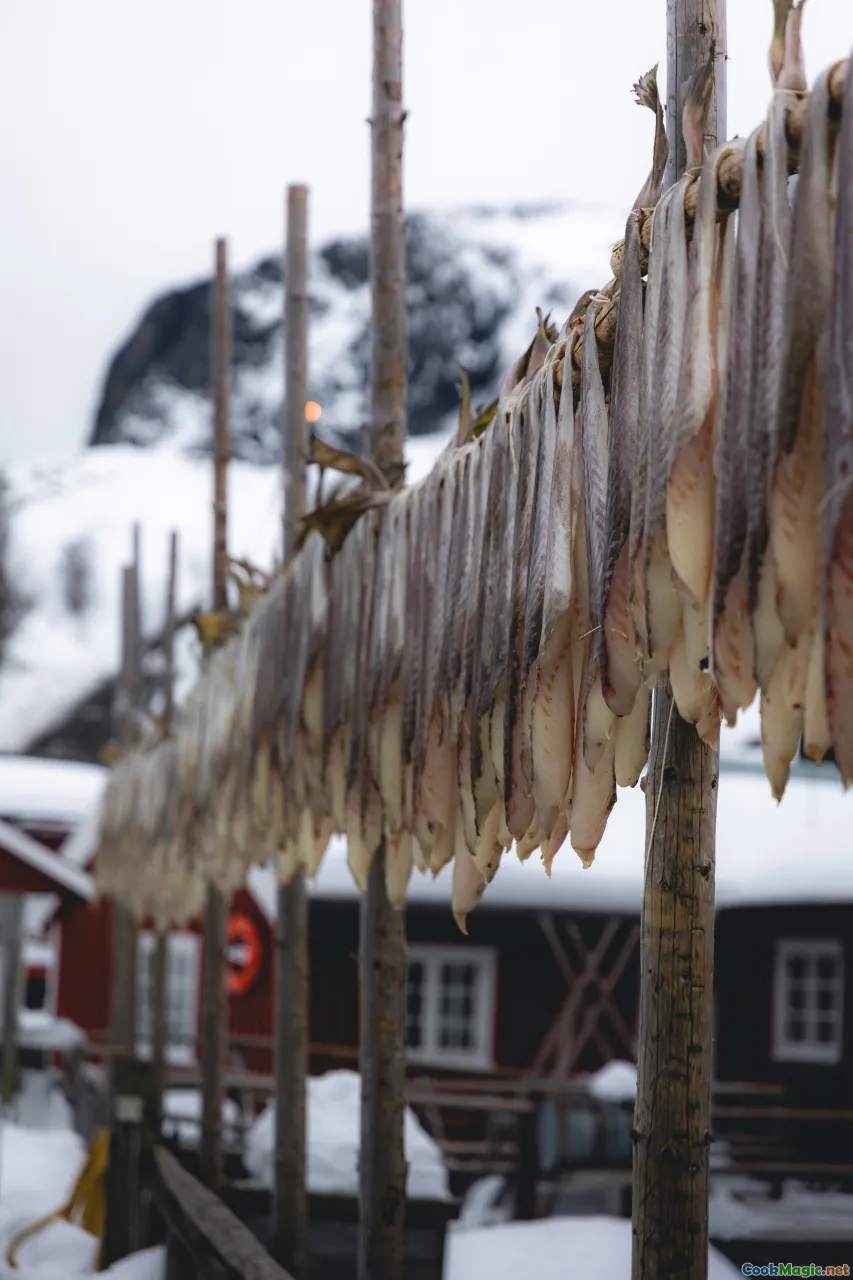
In the lush, cold waters surrounding Norway, salmon has been a cornerstone of local sustenance for centuries. Gravlaks—literally "buried salmon" in Norwegian—originates from a time when fishermen would gently bury freshly caught fish in the sand or salt to preserve it during the long, harsh winters. This preservation method evolved into a refined culinary tradition, transforming into a delicacy enjoyed during festivals, celebrations, and daily meals.
Historically, gravlaks was a humble fisherman’s bounty, but over time, it became intertwined with Norse culture and contemporary Scandinavian cuisine. The key, however, remains unchanged: patience, balance, and reverence for the natural flavors of the fish. Today, gravlaks symbolizes Nordic craftsmanship in preservation, blending regional ingredients like dill, sugar, and salt with a love for tradition.
Selecting the Perfect Salmon for Your Gravlaks
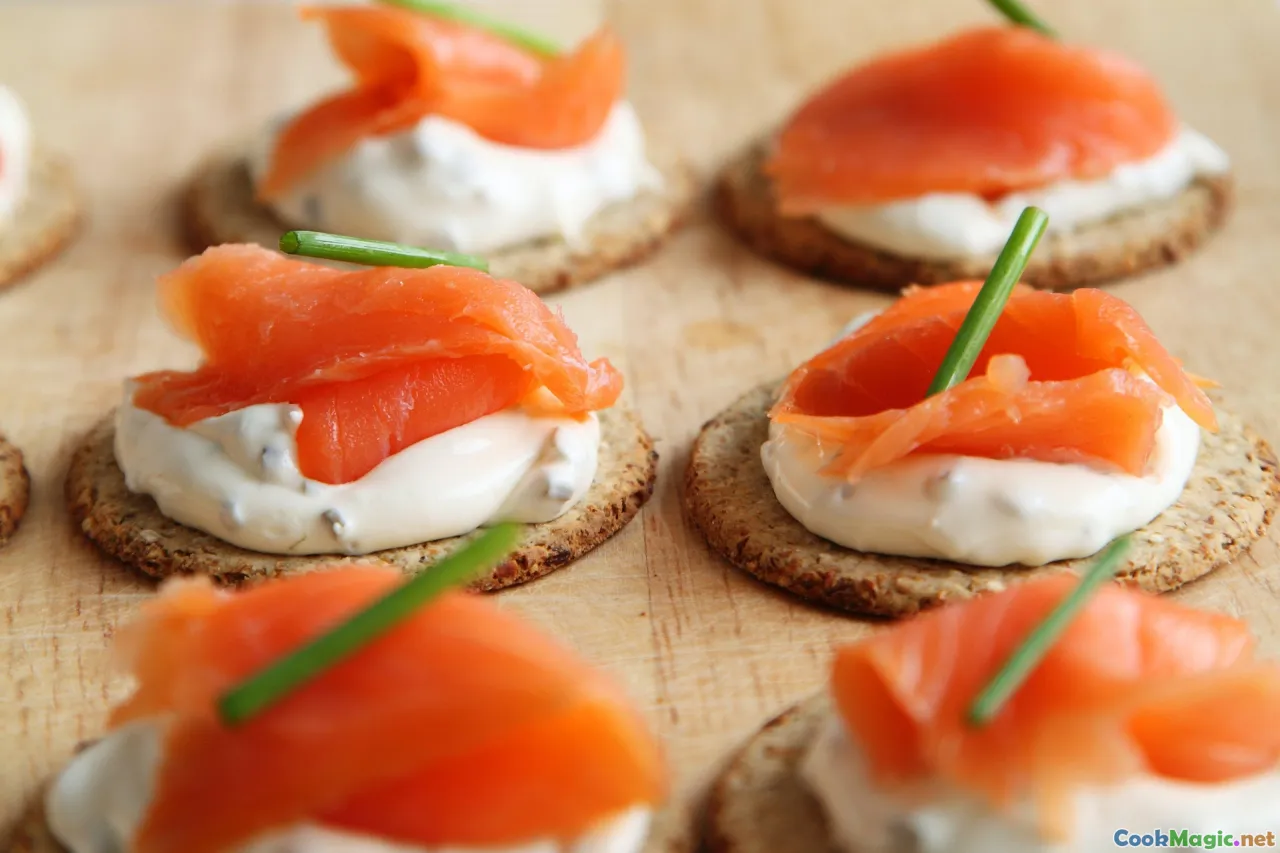
The foundation of a superb gravlaks is—unsurprisingly—the salmon. While farmed salmon is more accessible and affordable, choosing high-quality, fresh, preferably wild, Norwegian or Atlantic salmon elevates your final product. When shopping, look for bright, firm fillets with shiny, taut skin and a fresh ocean aroma—implying the cold waters of Norway.
For layer of authenticity, opt for skin-on fillets, which help keep the flesh intact and add aesthetic appeal. The fish should be free of discoloration or excessive bloodlines, which can introduce bitterness. Many artisans prefer salmon with a high fat content, as this contributes a buttery texture and rich flavor wrapping the delicate fish.
Preparing the Salmon: Clean, Debone, and Portion
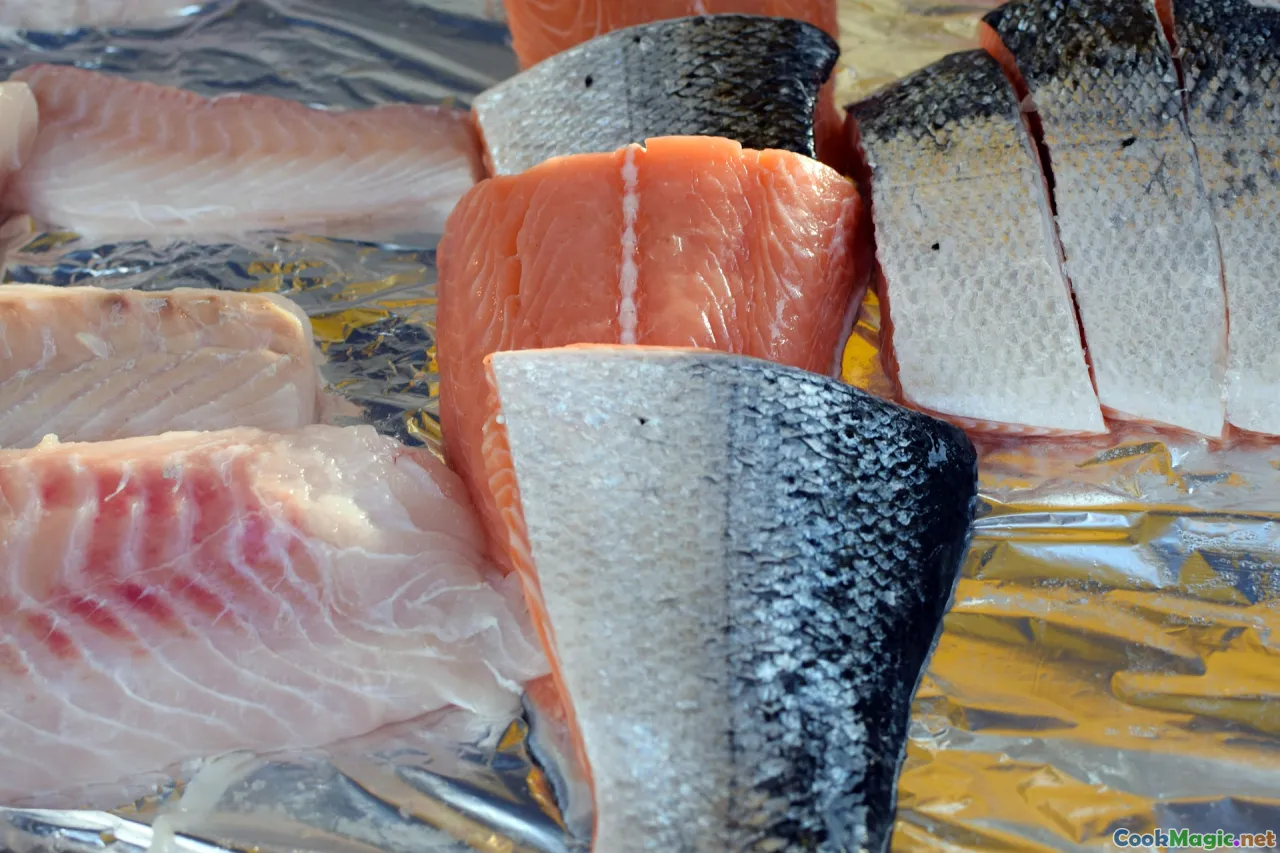
Proper preparation begins right in your kitchen. First, gently rinse the fillet in cold water and pat dry with paper towels. Using a sharp filleting knife, carefully remove any pin bones—a crucial step often underestimated by home cooks. Run your fingers along the flesh, feeling for small, cartilage-like bones, then use tweezers or needle-nose pliers to gently extract them.
Once deboned, cut the salmon into uniform pieces—usually about 1.5 inches thick—so that the curing mixture penetrates evenly. If the fillet has any brownish bloodline streaks, trim these sections to ensure the final product is pristine.
The Classic Cure: Salt, Sugar, Dill, and Beyond

The core of gravlaks magic is the curing mixture—a precise blend of salt, sugar, and fragrant herbs. For a balanced cure, a typical ratio involves equal parts of coarse sea salt and granulated sugar, complemented by generous bunches of fresh dill—a herbal hallmark of Norwegian cuisine.
In traditional recipes, white sugar balances the salt’s savory punch, while the dill provides unmistakably Nordic aroma. For an extra dimension, some cooks incorporate crushed peppercorns, juniper berries, or a splash of aquavit—a traditional Scandinavian spirit—adding complexity.
Mix these ingredients thoroughly before applying. You want enough to create a moist environment that encourages osmosis—the process where salt and sugar draw moisture from the fish—resulting in tender, flavorful gravlaks.
Applying the Cure: Layering and Weight

Lay a generous bed of dill on the bottom of a non-reactive dish—ceramic or glass, but never metal which can react with the cure. Place the prepared salmon fillet skin-side down atop the dill. Cover the flesh quite thoroughly with the remaining curing mixture—pressing gently but firmly.
To ensure even curing, cover the fish with a second layer of dill and then wrap the dish tightly with plastic wrap. Next, place a weight—such as a cast-iron skillet, a heavy pan, or a filled water bottle—to press the fish down. This pressure assists the cure in drawing out moisture and shaping the gravlaks into a firm, compact mass.
Store the wrapped dish in the fridge—or, for more authentic flavor, a cool, dark root cellar—for 24 to 48 hours. Turn the fish occasionally so the cure penetrates uniformly.
The Art of Curing: Timing and Temperature

Temperature is key in curing. Keep your fridge at a steady 34–38°F (1–3°C). The curing time depends on thickness; a thinner fillet may only need 24 hours, whereas a thicker piece benefits from 48 hours or even longer. Be cautious—over-curing can produce a dry, overly salty result, so taste-testing during the process is advisable.
After curing, gently rinse the gravlaks under cold water to remove excess salt and dill bits. Pat dry with a towel. The result should be glistening, tender slices with a delicate smoky, herbal aroma—an edible portrait of Norway’s natural bounty.
Slicing and Serving Your Homemade Gravlaks

Proper slicing technique elevates gravlaks to a delectable masterpiece. Use a sharp, thin-bladed slicer or chef’s knife, slicing at a slight angle to produce thin, lacy layers—approximately 2–3mm thick. This allows the delicate flavor to flourish on the palate.
Serve gravlaks with traditional accompaniments like mustard-dill sauce (stuvad sennepssaus), Scandinavian rye crispbreads, or dark rye bread. Garnish with extra dill sprigs, lemon wedges, or pickled cucumbers to add brightness.
For an authentic touch, arrange slices on a wooden board alongside boiled new potatoes, sour cream, or an aromatic dill oil—elements that mirror a Norwegian smorgasbord.
Variations and Personal Touches
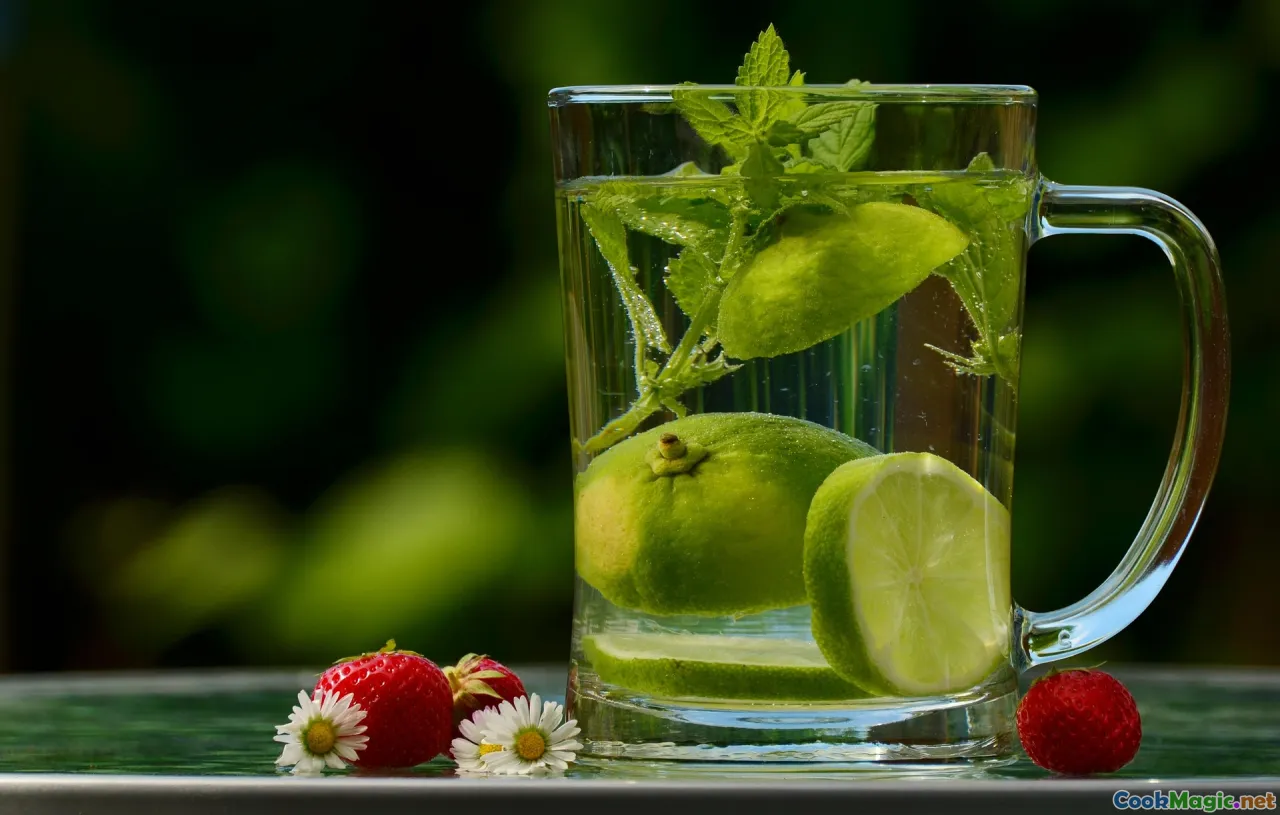
Once mastered the classic, you might explore variations—adding juniper berries, cracked black pepper, or juniper-infused spirits to your cure. Some chefs wrap the salmon in bamboo leaves or spruce needles before curing to impart subtle, woody aromas.
Experiment with different herbs like thyme or chives for unique flavor notes. Incorporate citrus zest—lemon, lime, or orange—to introduce a refreshing contrast.
Tips for Success and Common Pitfalls
- Use the freshest fish available: quality is paramount.
- Balance your cure: too much salt can overpower, too little can lead to spoilage.
- Patience is a virtue: don’t rush the curing process; the flavor deepens with time.
- Keep everything clean: proper hygiene prevents spoilage.
- Taste as you go: adjusting the cure based on your preference is key.
Common pitfalls include over-curing, which dries out the fish, or insufficient curing, which can lead to spoilage. Keep a close eye on your timing and temperature.
Personal Reflection: Crafting Gravlaks as a Cultural Experience
For many Norwegians, making gravlaks is more than a culinary project—it’s a reverence for heritage. I vividly recall visiting a small fishing village in Norway where an elderly fisherman patiently shared his family recipe, passed down through generations. The act of curing fish in barrels of salt and dill, then sharing slices with family amid laughter and storytelling, embodies the deep-rooted Scandinavian connection to the sea.
Creating gravlaks at home isn't just about tasting its tender morsels; it’s about connecting with a centuries-old tradition rooted in respect for nature’s bounty, patience, and craftsmanship. It invites homage to the stunning Norway landscapes and the rhythmic ebb and flow of seasons that shape this enduring cuisine.
Whether served as an elegant appetizer or featured as the star in a festive buffet, your homemade gravlaks becomes a story on a plate—rich, nuanced, and deeply personal.
Embrace the process, savor every moment, and enjoy sharing this Scandinavian treasure with friends and family. Making gravlaks at home is a rewarding journey, one that transforms simple ingredients into a luxurious celebration of Norwegian culture and culinary artistry.









